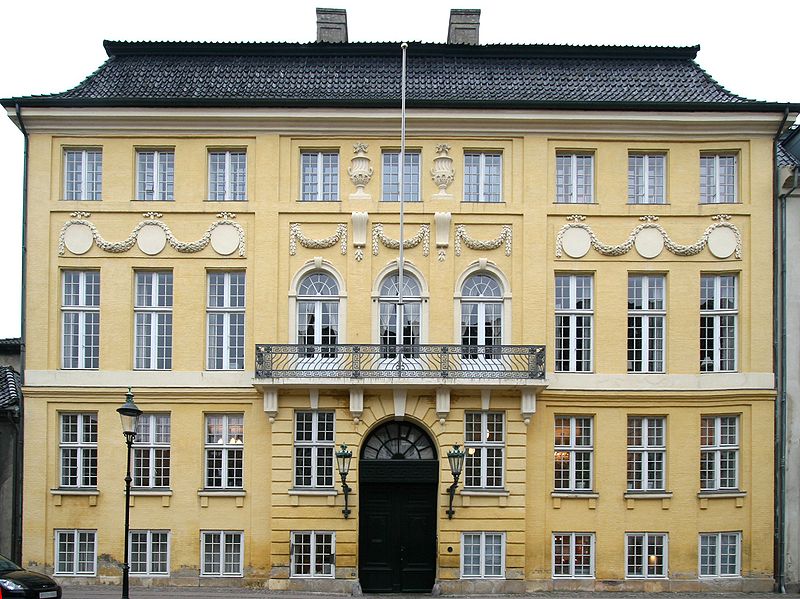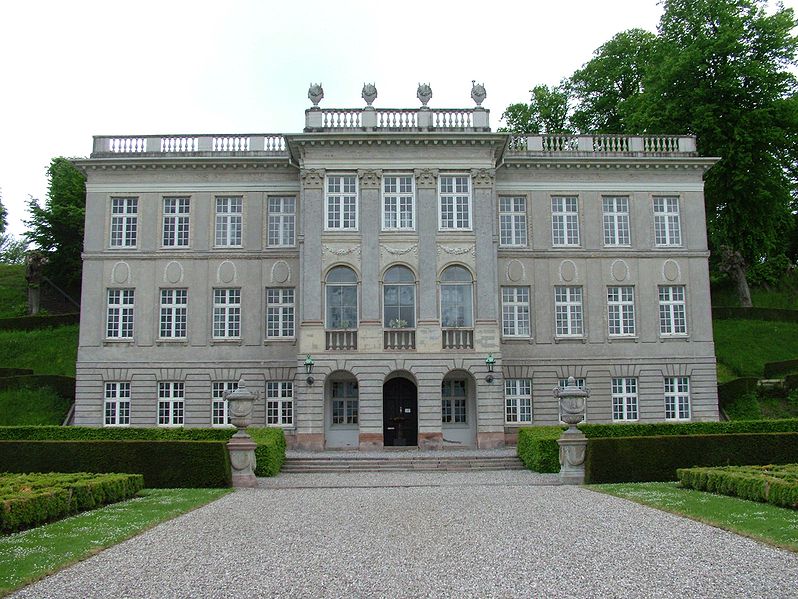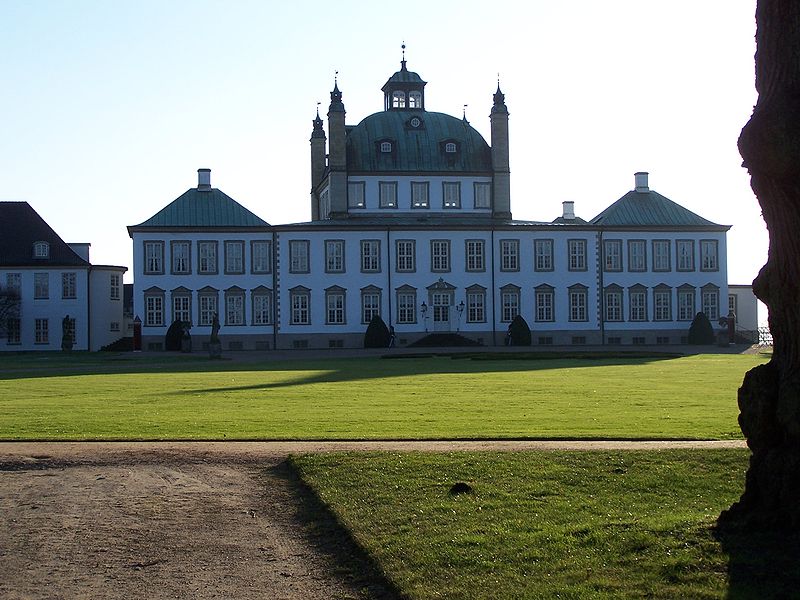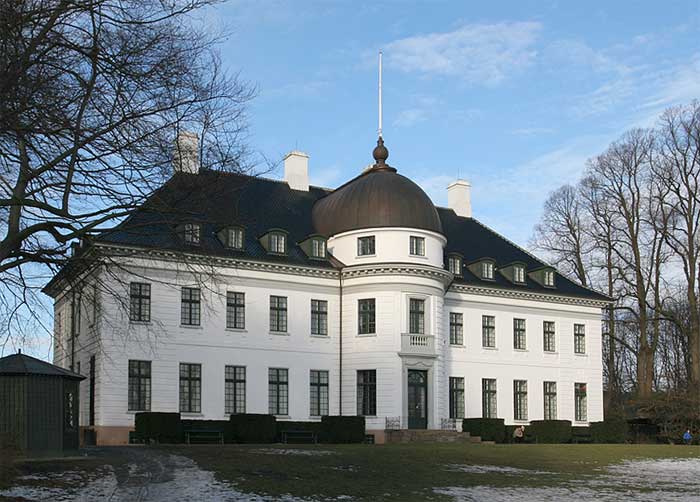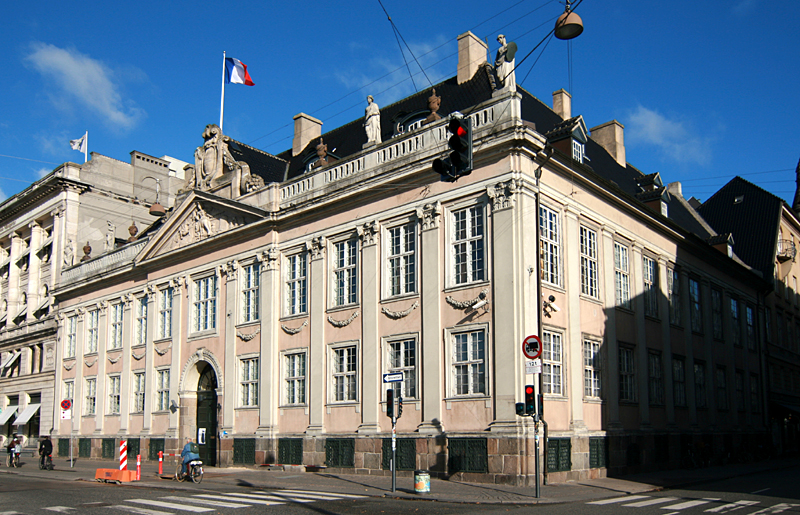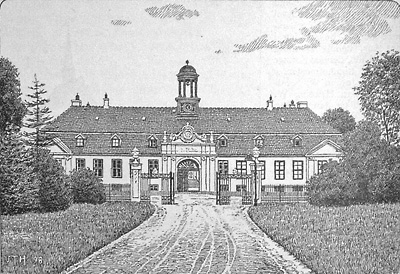<Back to Index>
- Political Scientist Masao Maruyama, 1914
- Architect Nicolas Henri Jardin, 1720
- German Emperor Wilhelm I, 1797
PAGE SPONSOR
According to Jardin’s own statement, he began his architectural studies at the age of ten. It is confirmed by independent source that he started his training at the French Academy of Art (Académie Francaise) no later than in 1738, perhaps before. He studied under A.C. Mollet, and won the grand prize (Prix de Rome) for architecture at 22 years of age for his design of a choir or chancel in a cathedral.
The prize won him a travel stipend, which he used to travel to Italy in 1744. There he studied at the French Academy in Rome 1744 - 1748, while living at the Academy’s pension. At the same time he studied mathematics and geometry with Jesuit priest and physicist Ruggero Joseph Boscovich, and graphics presumably with Giuseppe Vasi. He may also have studied engineering while in Rome.
In Italy he was friends with fellow countryman, sculptor Jacques François Joseph Saly who was also on student tour at the time. Saly would play an important role in his future only a few years later. They were both influenced by contemporary Giovanni Battista Piranesi, and the current infatuation with Roman ruins that were seen as a reminder of a common European past, and could be the inspiration for a new universal design style.
He was resident architect with Michel Tannevot in Paris 1753 - 1754.
